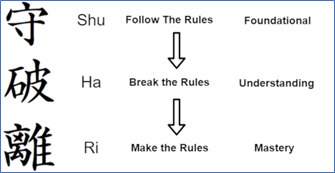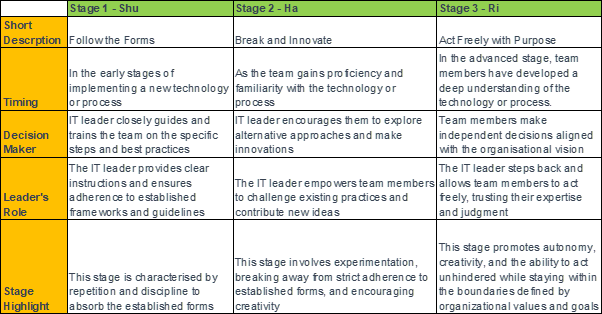Project Management for Midsize Companies
In many ways, Project Management is more art than science. Those of us who have spent years in the field have most likely studied the science of it through classes and certifications.
There are certainly best practices that apply most of the time and a Project Manager would do well to have that foundation. But dare I say, the majority of textbook concepts don’t apply much of the time? Let me share a story of a project I tried to manage “by the book” that taught me a big lesson about adapting the “book” to the needs of the company and the team.
During one of my early roles as a Project Manager I worked hard to be organized and apply all the concepts I learned while studying for my Project Management Professional (PMP) certification. I remember one project in particular where I meticulously developed a Work Breakdown Structure (WBS) and calculated the critical path. I had a Microsoft Project sheet a mile long, as this was a major project that would take more than a year to complete. All my details were in order. Project Schedule – check.
Confident in my plan, I brought the project team together. I had worked with key stakeholders to identify all the departments involved in the project and worked with those department leads to know which people should represent their department. I shared my project documents with the team and talked through roles and responsibilities. Stakeholder Management – check.
I knew part of my job was to clear roadblocks for the team, which included the roadblocks of me being a bottleneck. I thought the best way to keep everyone informed was to democratize project documents and have teams make their updates directly rather than funnel all updates through me. I created automations to remind team representatives to make weekly updates.
I had automations to notify people when one of their predecessor items was updated so they would know right away. I had automations to notify both me and team representatives when an update was overdue. Everyone had access to view, so no one ever had to wait on me to share a document or give a status update. We had weekly status meetings to allow for discussion and broader visibility, as well as ad hoc meetings for specific topics as they arose. Transparency and Collaboration – check.
Advertisement
[widget id=”custom_html-68″]
If you haven’t already guessed, let me tell you how this worked out. Not a single person ever went into the project tracker to make an update. Not a single person ever went into the project tracker to see status. My first pivot was to start collecting updates weekly and input them into the tracker myself. This allowed me to stay closer to the project details and gave me an opportunity to do a weekly assessment of project health with more context.
Those weekly conversations turned out to be so much more valuable than independent updates in the tracker. Every week, I would take this updated tracker and the deeper context I had to give a status update. I would share my screen and show the tracker so everyone could see visually where we were compared to the overall plan.
If you haven’t already guessed, let me tell you why this failed fast. If every team was meeting with me weekly to give me an update, why did they need to sit through a weekly status meeting of me telling them where their items were in the project? They didn’t. I lost the team’s engagement fast. My next pivot was a change that has stuck with me through the years. I did the legwork to meet with teams, understand their status, challenges, dependencies, needs, and projections. I consolidated all the information and culled it to down to what was critical.
Every Monday I sent an email with the week’s game plan, including all work expected to be done with deadlines and names of people responsible for doing the work. Every Friday I sent an email as a Reply All giving an update on what had been completed as expected, what had changed, what was delayed and why. If something meaningful changed and needed discussion or a decision, I would schedule a meeting to discuss it. We now had emails for things that could be emails, and meetings for things that needed to be discussed live.
This raised my credibility with the team when I called a meeting, because they trusted that there was something meeting-worthy to discuss rather than just a status update that could and should be an email instead. My Monday “game plan” emails served as an easy reference for project team members to know exactly what they needed to work on, which increased the rate of project work completion because there was more clarity and it was easily accessible.
Nearly 10 years later, I still rely on this approach. My Monday and Friday templates have evolved as my projects have changed, but this approach has proven successful time and again.
This semi-informal approach to Project Management would likely not succeed at a company with tens of thousands of employees. With larger teams and greater numbers of stakeholders, proper project management tools and formal project communication methods are likely necessary. On the other end of the spectrum, this semi-formal Project Management with meticulous planning and centralized tracking is probably more than is needed at a small company.
When teams are small and work closely together, it’s much easier for everyone to know what everyone is working on without a person dedicated to keeping it all organized. My time at midsize companies has helped me find this Goldilocks approach somewhere in the middle.






